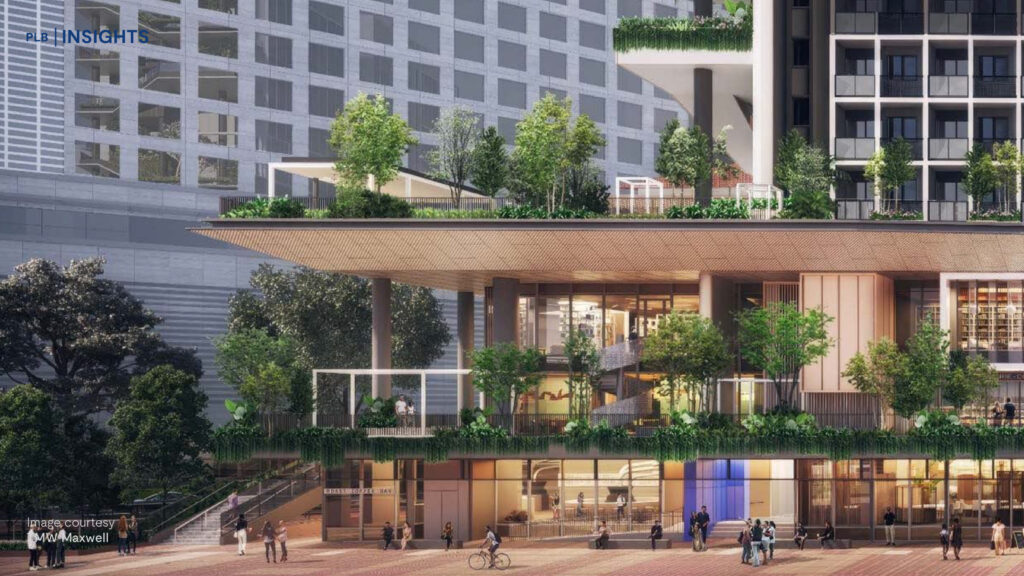
As Singapore continues to evolve as a dynamic city, so do the different trends that shape its urban landscape. One such trend is the rise of mixed-use developments in recent years. With an increasing demand for integrated living spaces that come with residential, commercial and recreational spaces, mixed-use developments are a prevalent concept in Singapore’s real estate market.
In this article, we explore the concept of mixed-use developments, their key characteristics and the host of benefits they offer to developers, investors, and residents. Moreover, we consider some of the challenges these developments may face and discuss their future outlook.
Mixed-use Developments: A Brief Overview
Mixed-use developments integrate a blend of residential, commercial and recreational spaces within a single project. This housing option is created with convenience at the forefront and is designed to offer residents a space to live, work, and find entertainment and leisure nearby.
These projects can feature a mix of residential condo or apartment units, retail outlets, restaurants or cafes, and workspaces on top of the typical communal areas found in traditional residential developments.
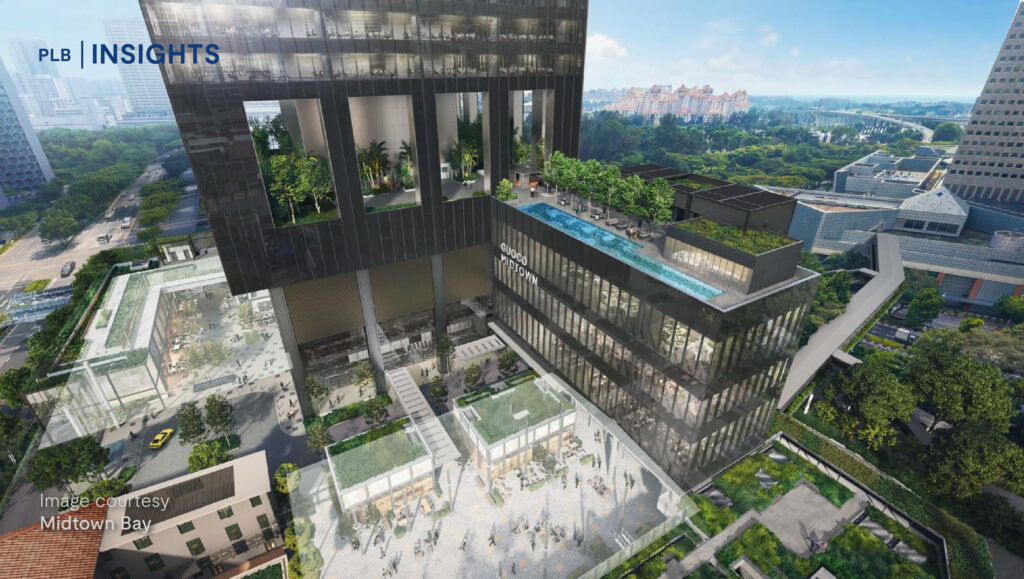
Key Characteristics
The key characteristics of mixed-use developments revolve around creating integrated and sustainable environments. These developments are designed not only to cultivate community but also to cater to the diverse needs of both residents and visitors, extending beyond mere living spaces. Let’s go over a few of the key characteristics.
Integration of Multiple Functions
A defining characteristic of mixed-use developments, as we know, is the integration of various functions in a single project. These developments combine residential, recreational and commercial spaces in one place, enabling the coexistence of a diverse range of activities and functions in close proximity. Mixed-use developments often feature work or office spaces, residential units and a few different retail outlets or dining establishments in addition to the amenities and facilities (gyms, swimming pools, gardens, BBQ pits, etc) found in more traditional residential projects.
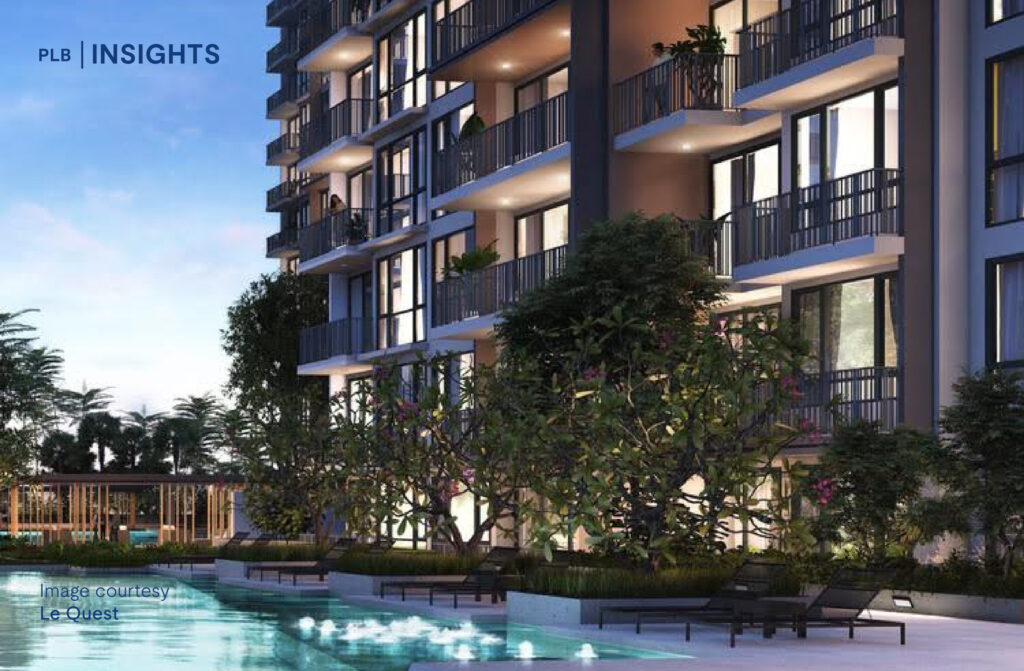
Urban Connectivity
Another key characteristic of these projects is the urban connectivity they offer residents and visitors. Mixed-use developments incorporate so many different types of spaces which promote environments with interconnectedness. There is an emphasis on access to public transport and amenities in proximity to living spaces–typically at a walking distance. This has led to the popularity of integrated developments which are essentially mixed-use developments with direct connectivity to a MRT Station.

Sustainable Design
Singapore is renowned for its proactive approach towards building a greener, more sustainable nation. In line with this vision, many mixed-use developments place a strong emphasis on sustainable features and designs. These include energy-efficient buildings, incorporation of green infrastructure, provision of ample green spaces, and promotion of environmentally friendly modes of transportation. We previously shared an article about the different sustainability initiatives taken by the government and how developers incorporate green features into residential spaces in Singapore. Additionally, mixed-use developments can also help lower the need to use cars and buses, as walking and cycling to nearby locations is an easy way to travel within the development.
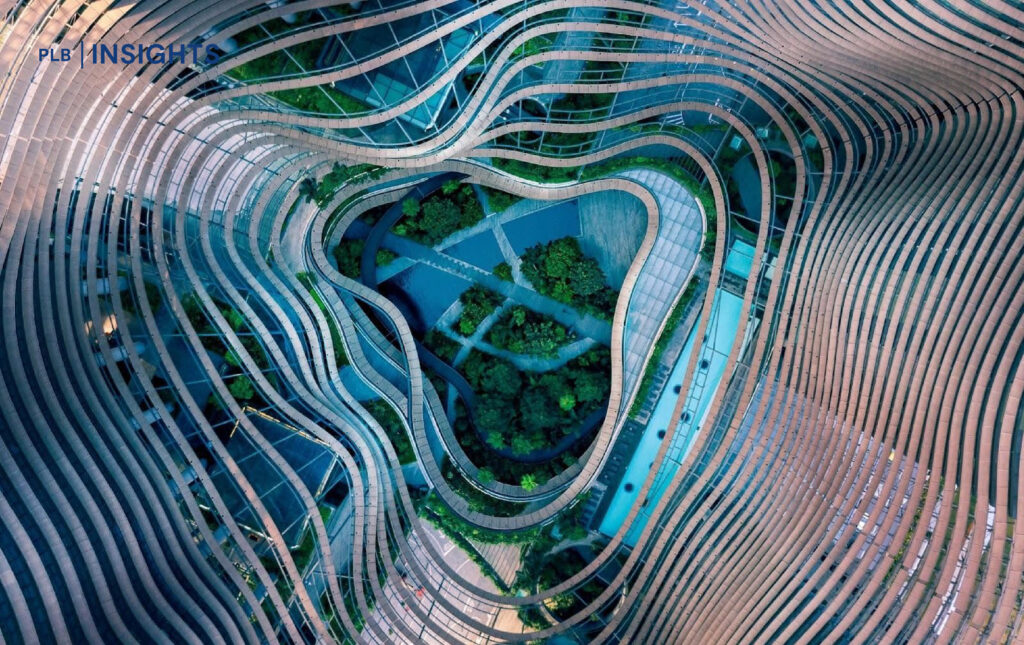
Mixed-use Zoning
Because of their multi-functional design, mixed-use developments may be subject to planning requirements and zoning regulations that allow for the use of land for various purposes within a designated area. Typically, the Mixed Commercial and Residential Zoning areas are used for mixed-use developments. These areas allow for the building of shopping centres, hotels, office spaces and residential spaces. URA sets out guidelines which define the percentage of gross floor area that can be used for the respective uses.
Benefits
Mixed-use developments offer both residents and visitors a range of benefits that contribute to a better quality of living, social cohesion and economic prosperity.
Convenience and Accessibility
The first advantage of mixed-use developments is the convenience and accessibility residents are offered as they have convenient access to all the facilities found within the project along with a variety of amenities such as restaurants, supermarkets, shopping centres, and essential services typically within walking distance. This maximises efficiency and lowers costs and need for transportation to go far away from their homes. Moreover, visitors and residents from neighbouring developments also benefit from finding a wide range of amenities offered in one area.
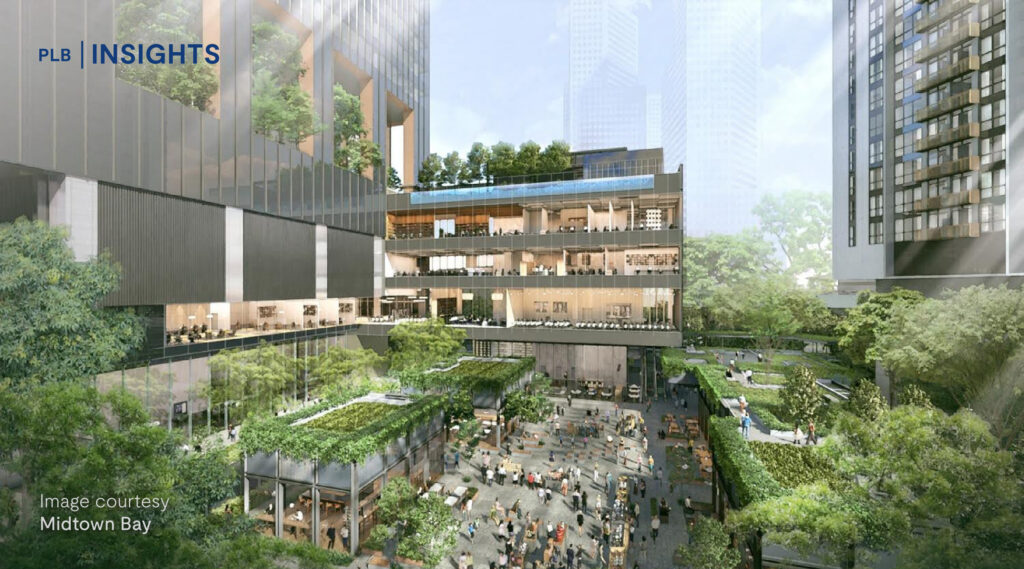
Social Integration and Community
Another benefit of these developments is that they bring together people of various backgrounds and demographics, with different lifestyles in one place. This promotes diversity, inclusivity and more social interaction. This fosters a sense of belonging and contributes to the formation of a community.
Cost-Effective
Living in a mixed-use development offers residents the advantage of cost savings that accumulate from daily commuting and expenditures. By lowering expenses spent on fuel for private vehicles or public transportation, residents can significantly reduce their transportation costs. Moreover, with reduced or eliminated parking fees at nearby dining establishments or malls, residents can further increase their cost-effectiveness. Although seemingly minor, these cumulative savings can amount to a considerable sum over time, providing residents with a valuable financial benefit.

Higher Property Value
Due to the desirability of integrated amenities and the convenience they offer to residents and businesses, units in a mixed-use development may command higher property values or rental rates, making them a good investment.
Potential for High Rental Income
Along with being a good investment and commanding high property values, units within mixed-use developments can also become a good source of passive income. As these projects offer residents with a wide range of amenities, facilities and benefits, property owners may be able to fetch higher rates for rent. Due to the nature of the developments, there could also be a larger pool of buyers who work or run businesses within the development searching for rentals as well.
Challenges and Considerations
While mixed-use developments present many advantages, they also entail certain challenges and considerations that warrant careful attention.
Noise Disturbances
A downside of living in a mixed-use development is the constant noise residents may find. As commercial and residential spaces co-exist in these developments, commercial activities may generate noise during operating hours that disrupts the peace and quiet in residential units nearby. Some ways that developers have tried to mitigate potential noise issues are to create soundproof building structures and having sufficient setback distance or buffer zones between the residential and commercial areas within the development.
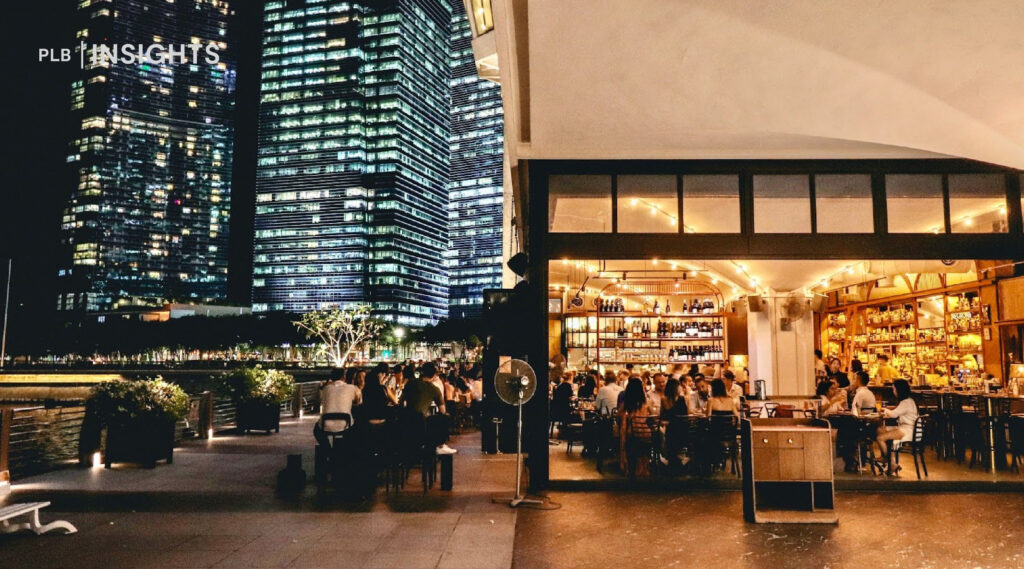
Privacy Issues
In addition to noise disturbances, residents may also have to consider privacy concerns that could arise in mixed-use developments. As the space may be shared for residential and commercial functions, residents will be exposed to public foot traffic and constant activity associated with the commercial side of the development.
With the rise of mixed-use developments in Singapore, developers have been more careful when planning and designing the layout for common and residential areas to ensure residents do not have any privacy concerns. One way of ensuring this is setting clear guidelines and regulations regarding the use of shared spaces within the development.
Commands Higher Premium
For prospective residents and tenants, the higher costs associated with investing in a unit within a mixed-use development could become a potential drawback or challenge as it can limit the accessibility and affordability for certain demographics. The attractiveness of mixed-use developments, with their emphasis on connectivity, community engagement, and an integrated urban lifestyle, can lead to a higher demand for units within these projects, and may drive up property prices.
Traffic and Parking Management
Another potential drawback of having commercial and residential spaces within one development is the need for extensive traffic and parking management. If the development only has one designated area for parking, residents, workers and visitors may deal with issues arising from a heavy traffic flow and finding available parking spots. As such, it is crucial to either have separate spaces for parking, or have a good management plan in place to mitigate parking and traffic issues within mixed-use developments.
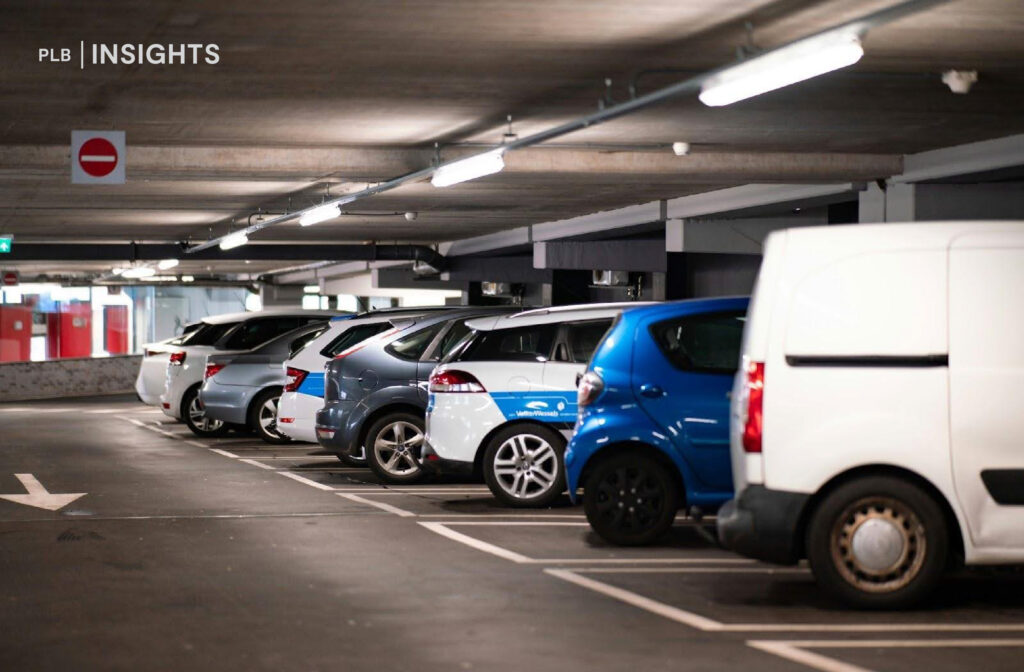
Mixed-use Developments in Singapore
Singapore has a significant number of mixed-use developments that offer residents and visitors an integrated living experience with convenience at the tip of their fingers.
Let’s go over some of the recent new launch mixed-use developments.
TMW Maxwell
Launched in August 2023 and set to be TOP’ed in early 2027, TMW Maxwell is a mixed-use development located just next to the Central Business District (CBD). The development features a total of 324 units and a wide range of facilities and amenities including a fitness area, pavilion, skylounge, retail shops and restaurants.
The commercial section of the development spans four levels, whereas the residential block is 20 storeys high. Check out our review of TMW Maxwell to get an in-depth breakdown and analysis of the development’s location, amenities, and unit types.
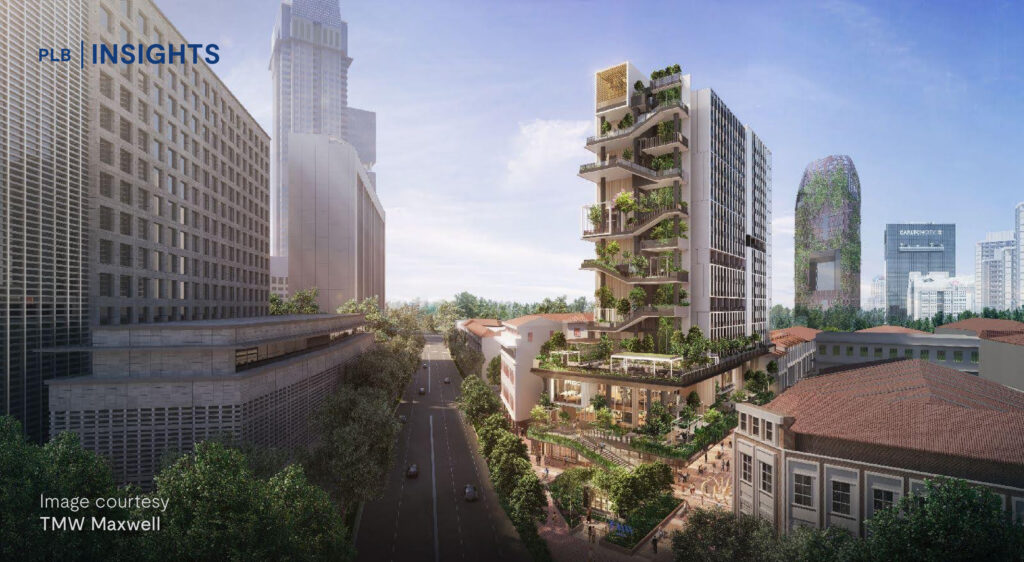
J’den
J’den is a recently launched mixed-use development featuring commercial and residential spaces. Formerly the site of JCube mall, the project comprises 368 units with 2 levels of retail space. Moreover, the development offers the full range of facilities including a swimming pool, gym, clubhouse, kids’ play area and pool, BBQ pits, green spaces and social areas. J’den is also well situated to offer residents access to more amenities in areas nearby and is directly linked to the Jurong East MRT Interchange, and IMM mall via J-Walk and Westgate.
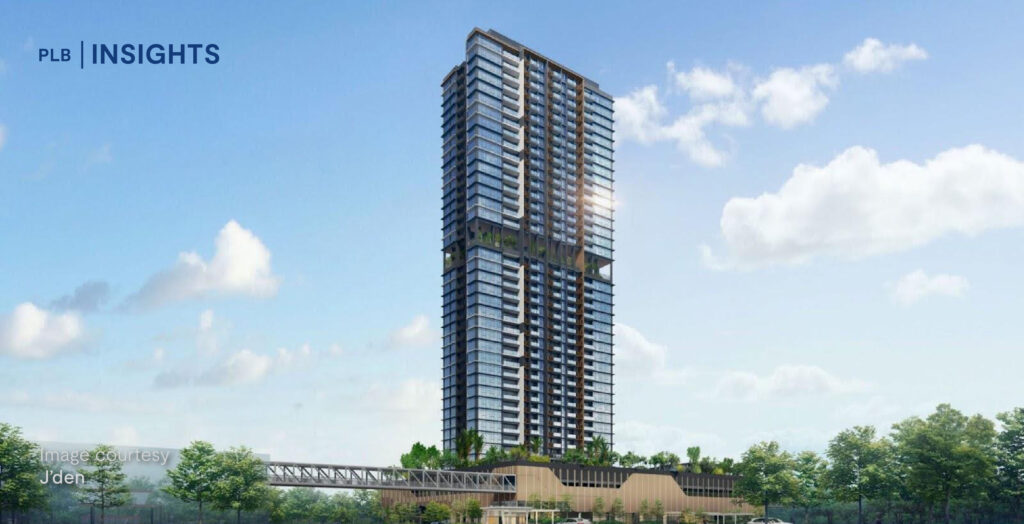
Future Outlook of Mixed-use Developments
The future outlook for mixed-use developments in Singapore is characterised by an emphasis on community-centric urban environments where communities can be fostered and sustainability can become the standard. The integration of multiple functions within one project and innovative designs to make these spaces as efficient as possible can contribute to the creation of dynamic urban clusters.
As Singapore prioritises sustainability, smart technology and efficiency in terms of space and interconnectivity, the concept of mixed-use developments can be expected to continue trending as it offers numerous benefits to citizens.
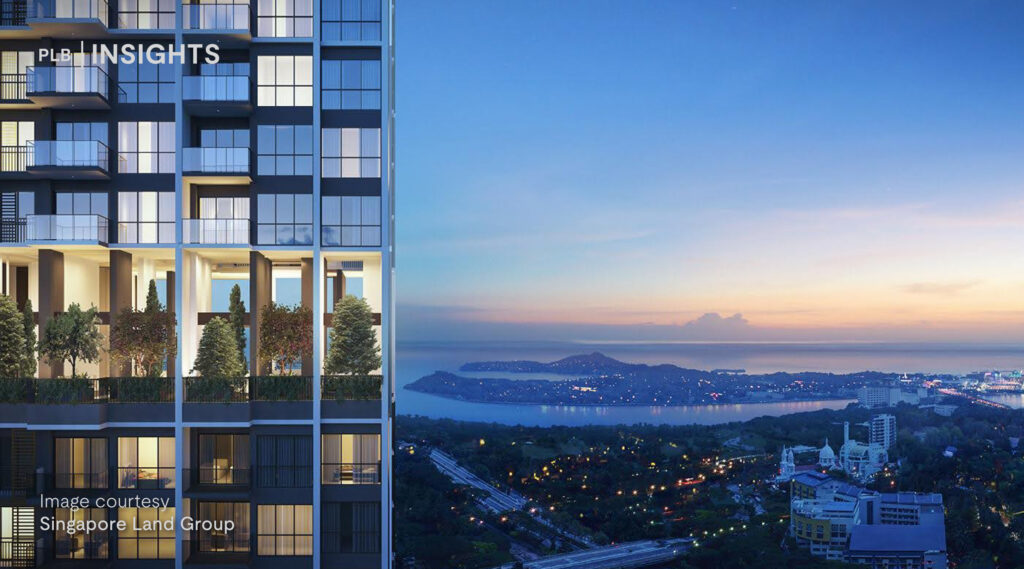
Closing Thoughts
The growing trend of mixed-use developments in Singapore is a reflection of the country’s commitment to creating a sustainable, economically vital, vibrant and integrated environment. By offering a diverse mix of homes, amenities, services and experiences all in one place, mixed-use developments are at the forefront of shaping urban living in Singapore.
As we continue to embrace this trend of mixed-use developments, it is evident that these projects have the potential to play a transformative role in shaping the city’s urban landscape in coming years, fostering a future of interconnected, community-focused, and dynamic living urban spaces.
Are you currently on a search for your dream home? Feel free to contact us here, and get connected with our team of experienced consultants for any questions or concerns you may have on your property journey.
If you would like to keep up with more trends and learn all about Singapore’s real estate landscape, check out more of our work at Insights by PLB.
See you in the next one!







